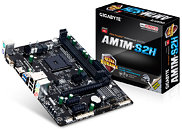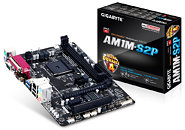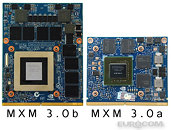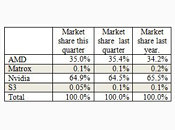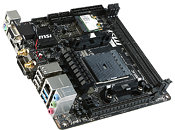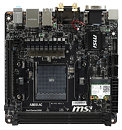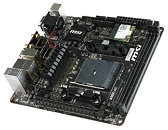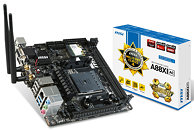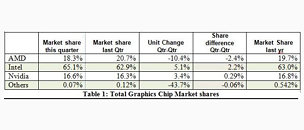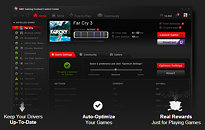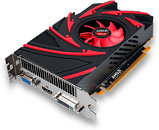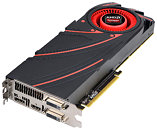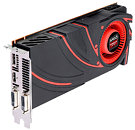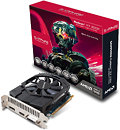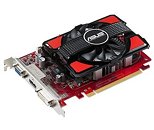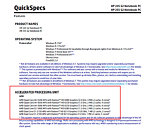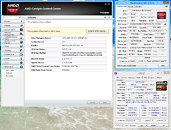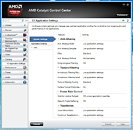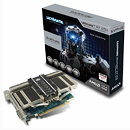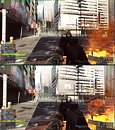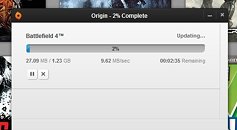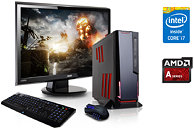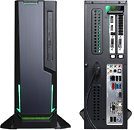Compulab Outs AMD-Powered Fit-PC4
Israel-based system builder Compulab announced the fourth generation Fit-PC, the Fit-PC4, which builds on the proven nettop platform. Fit-PC4 comes in two main variants, the $299 Fit-PC4 Value, and the $380 Fit-PC4 Pro. The Value variant runs an AMD A4-1250 APU, with a manageable 8W TDP to speak of. The Pro variant, on the other hand, runs a peppier AMD GX-420CA quad-core SoC, with Radeon HD 8400E graphics.
Both variants feature two DDR3 SO-DIMM slots, which can hold up to 16 GB of memory; an internal 2.5-inch drive bay with SATA 6 Gb/s interface, an mPCIe+mSATA 6 Gb/s slot, and a micro-SDXC card slot, wrapping up the storage department. Display outputs include two HDMI 1.4a ports on both variants, with 7.1-channel digital audio streams. 7.1-channel digital audio is also given out by TOSLINK SPDIF, on both variants. Analog audio outputs include just the stereo headset jacks. Networking includes two gigabit Ethernet interfaces on both variants. While the Value variant offers 802.11 b/g/n WLAN with Bluetooth 3.0, the Pro variant tops that with 802.11 ac and Bluetooth 4.0. The Pro variant measures 16 cm x 19 cm x 3.7 cm; while the Value variant is more compact, at 16 cm x 16 cm x 2.5 cm.
Both variants feature two DDR3 SO-DIMM slots, which can hold up to 16 GB of memory; an internal 2.5-inch drive bay with SATA 6 Gb/s interface, an mPCIe+mSATA 6 Gb/s slot, and a micro-SDXC card slot, wrapping up the storage department. Display outputs include two HDMI 1.4a ports on both variants, with 7.1-channel digital audio streams. 7.1-channel digital audio is also given out by TOSLINK SPDIF, on both variants. Analog audio outputs include just the stereo headset jacks. Networking includes two gigabit Ethernet interfaces on both variants. While the Value variant offers 802.11 b/g/n WLAN with Bluetooth 3.0, the Pro variant tops that with 802.11 ac and Bluetooth 4.0. The Pro variant measures 16 cm x 19 cm x 3.7 cm; while the Value variant is more compact, at 16 cm x 16 cm x 2.5 cm.






